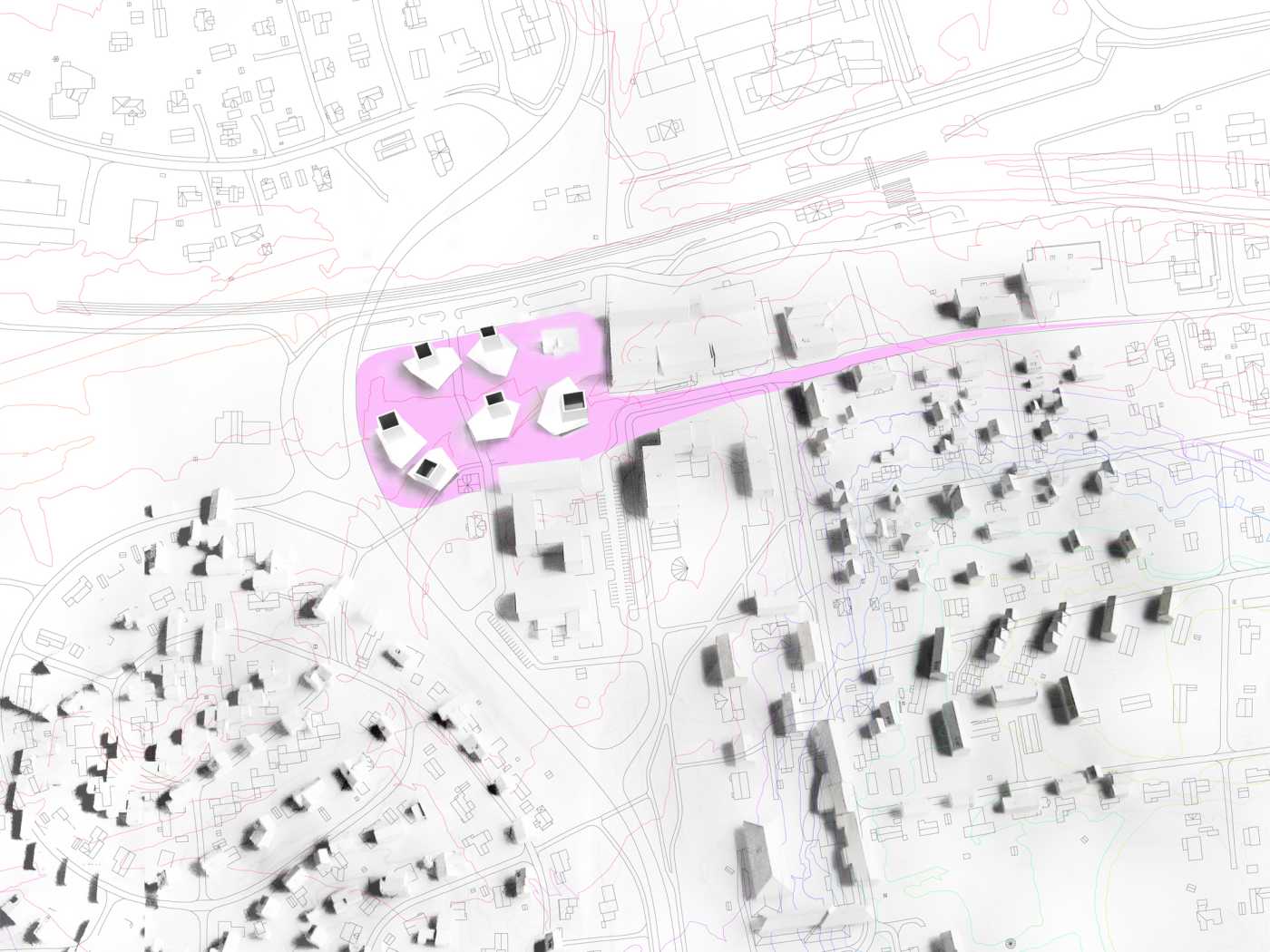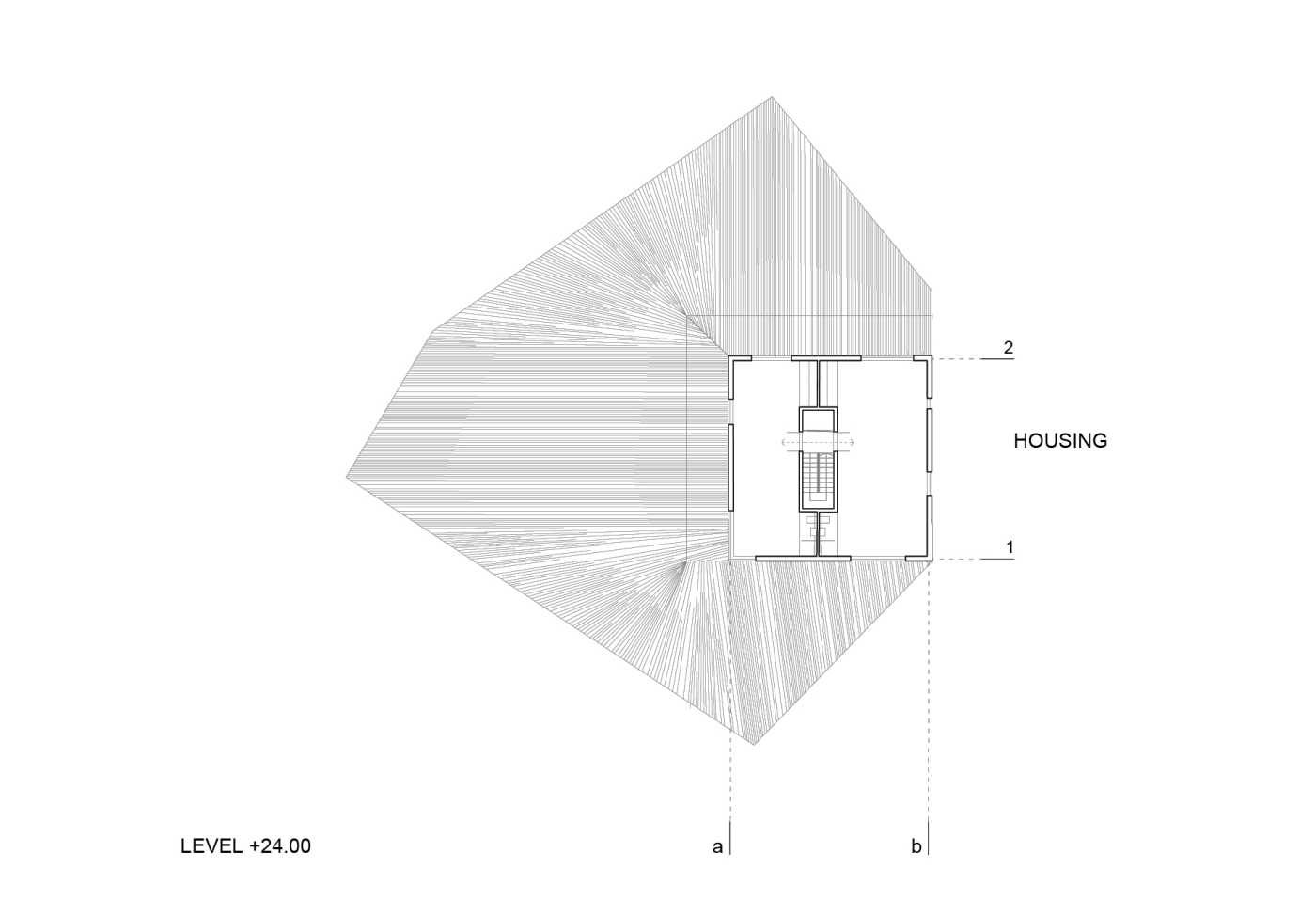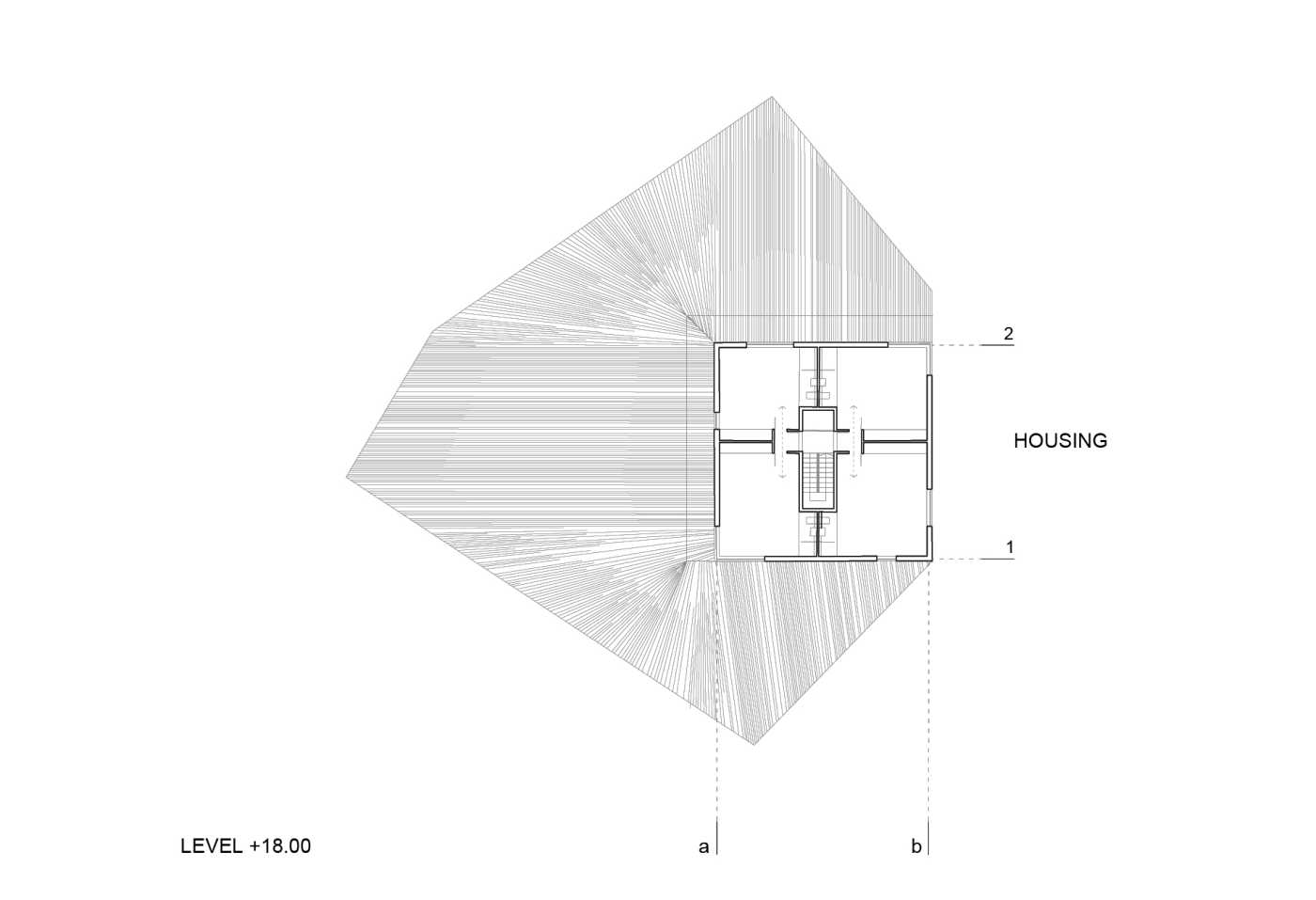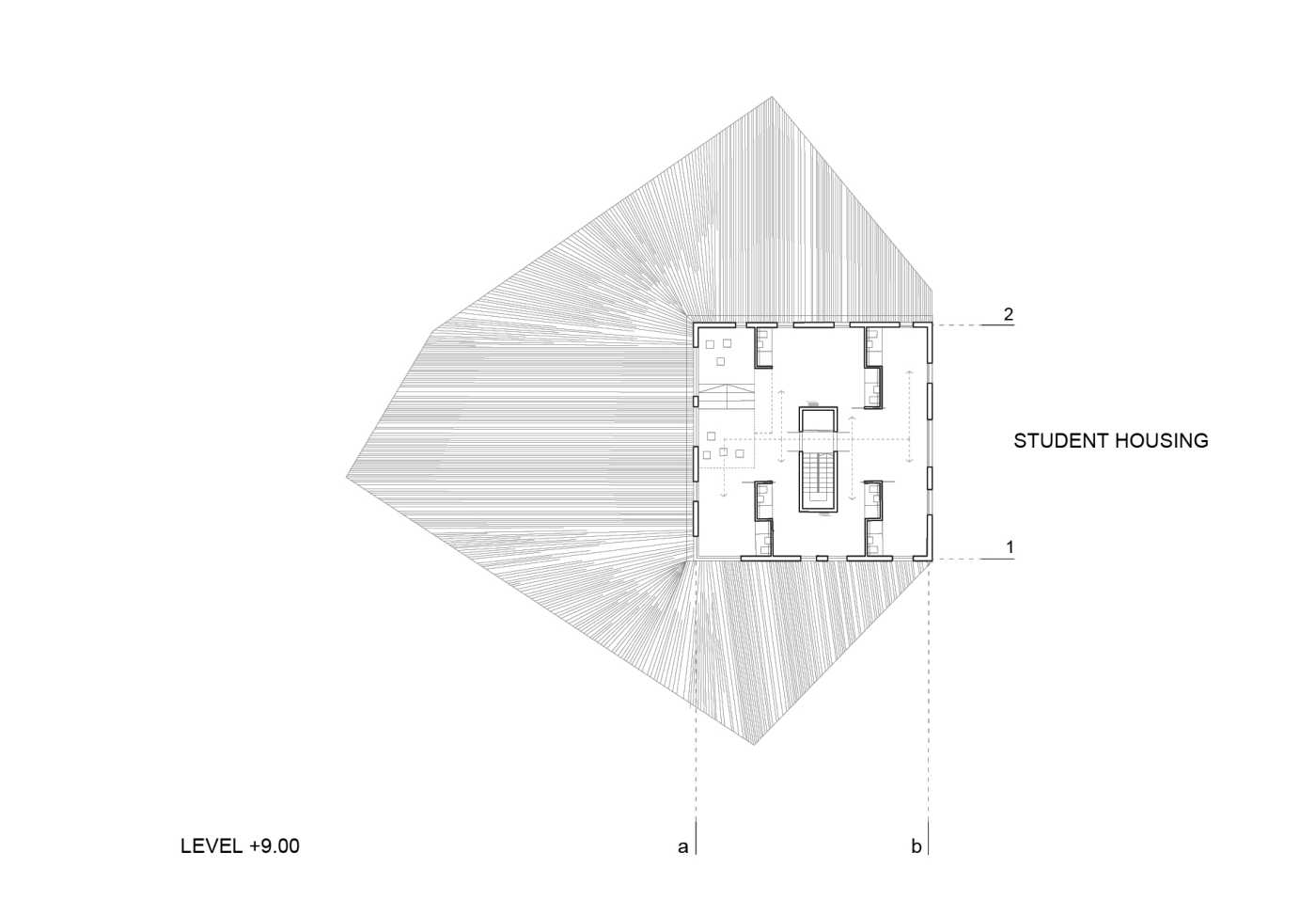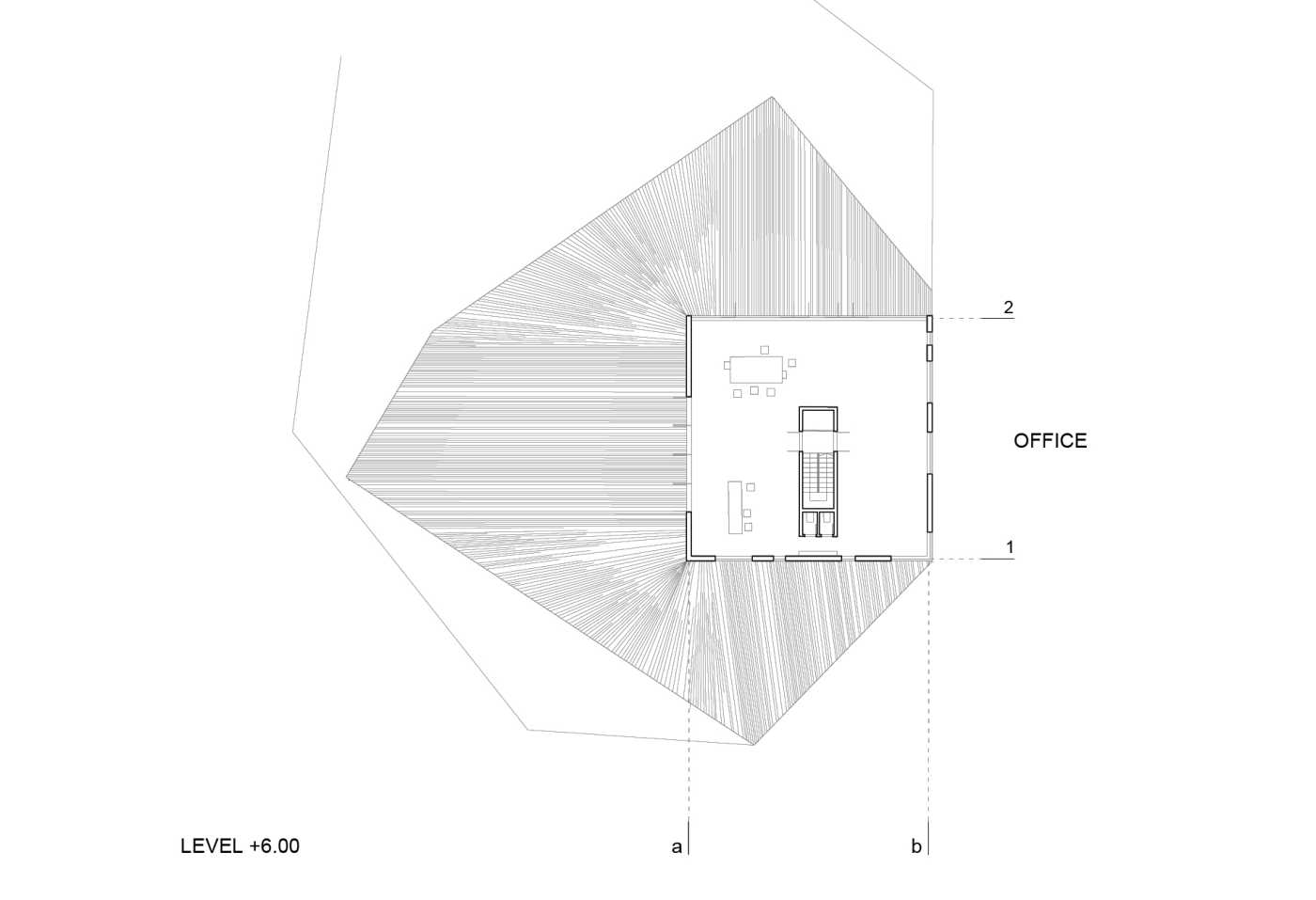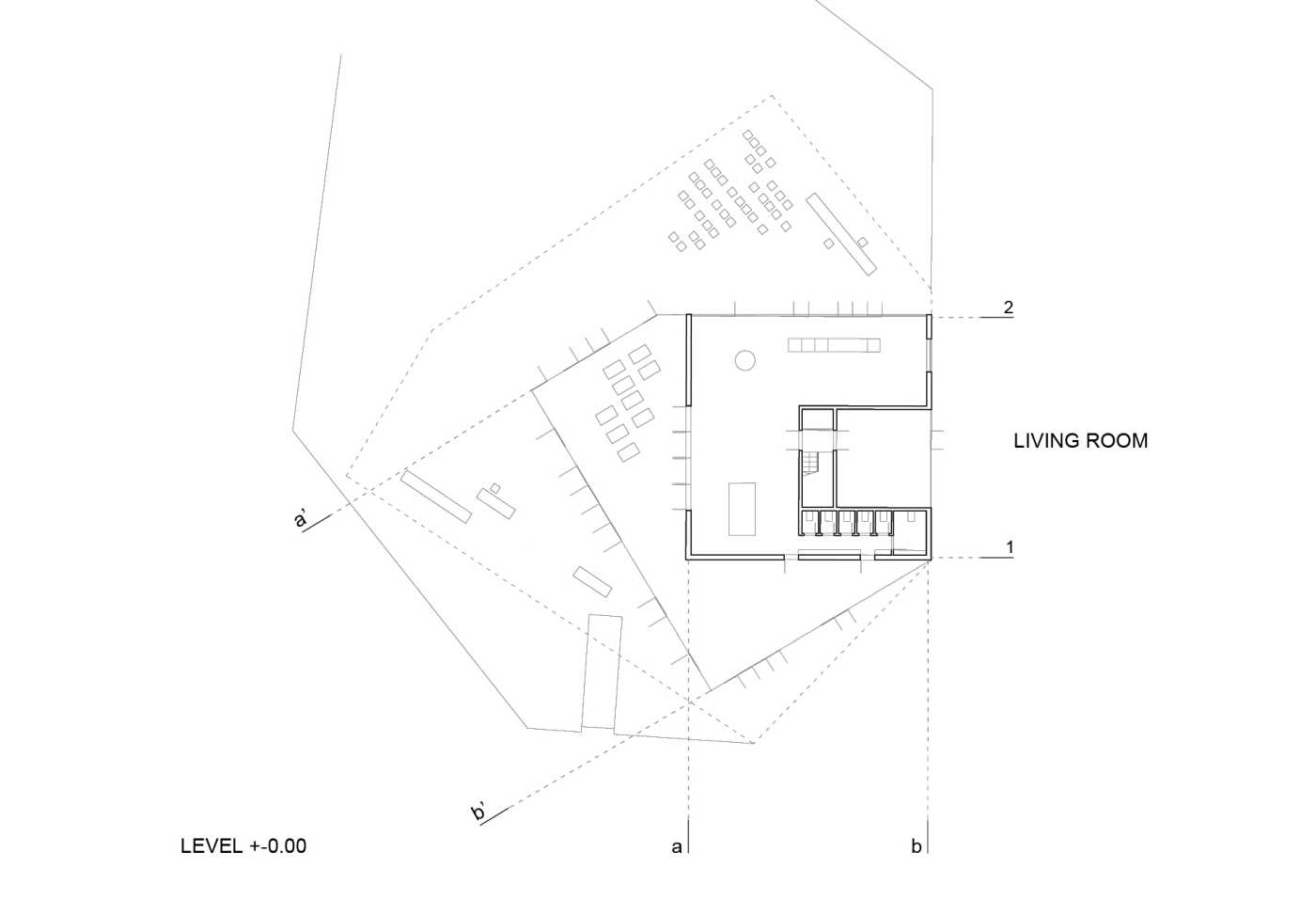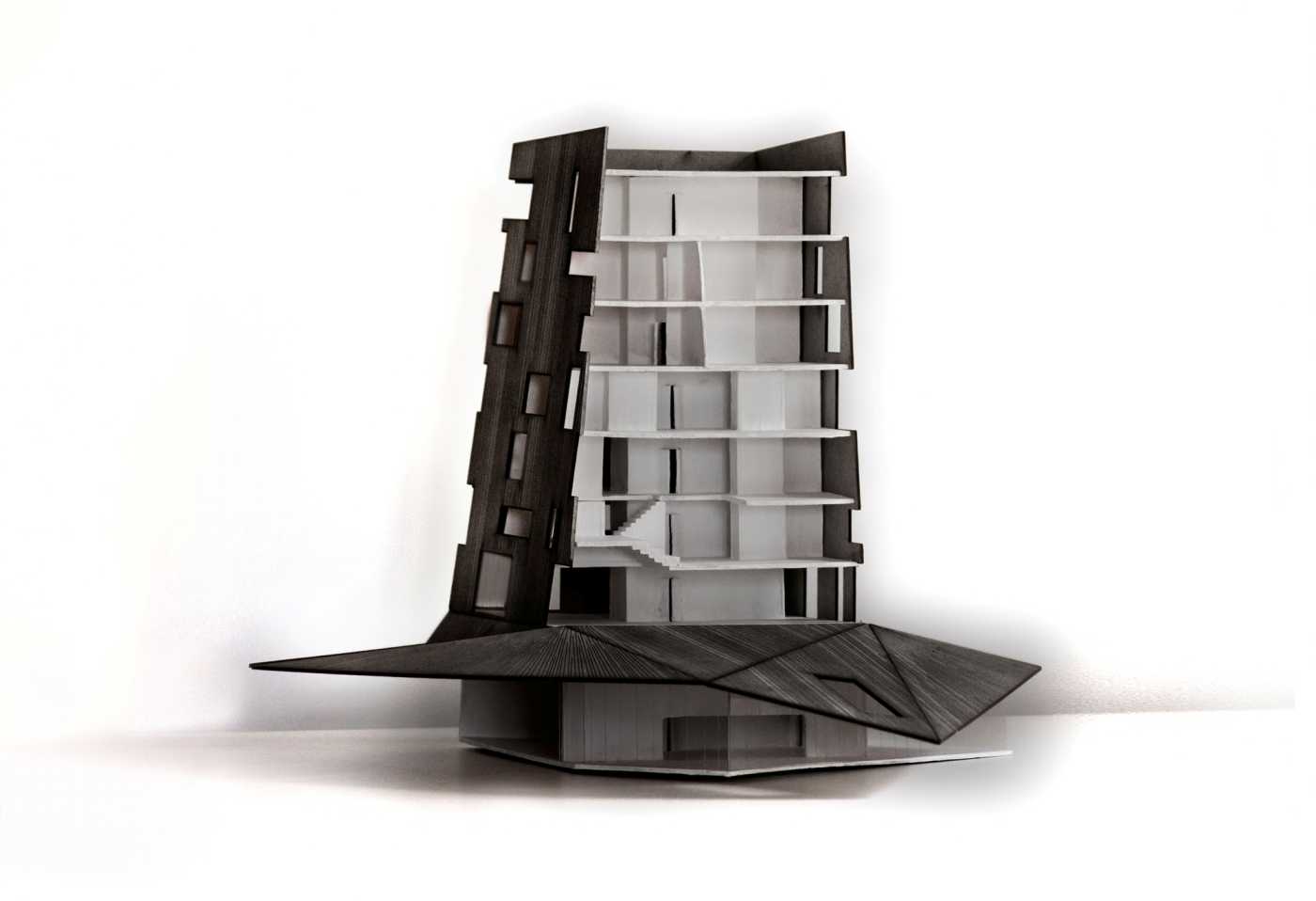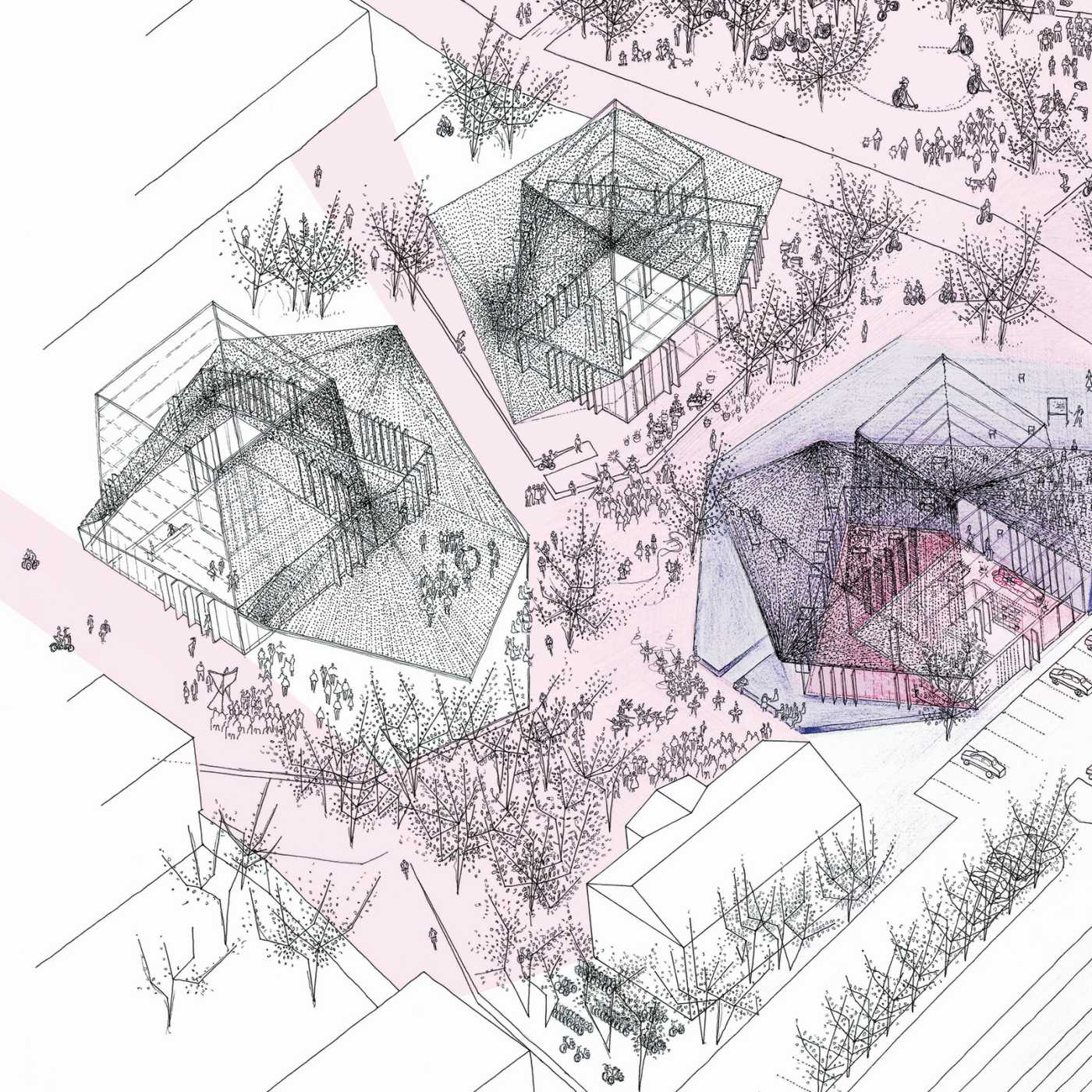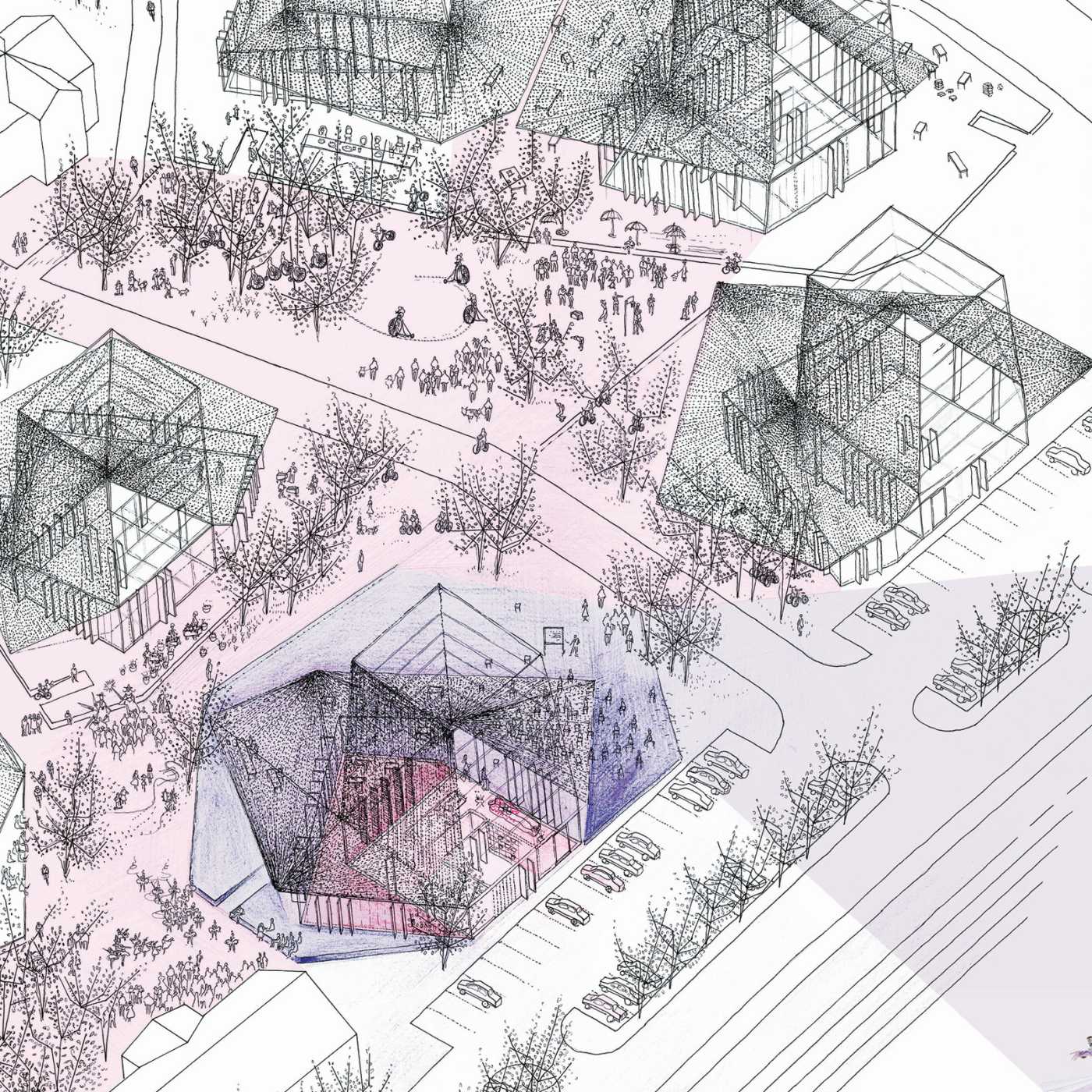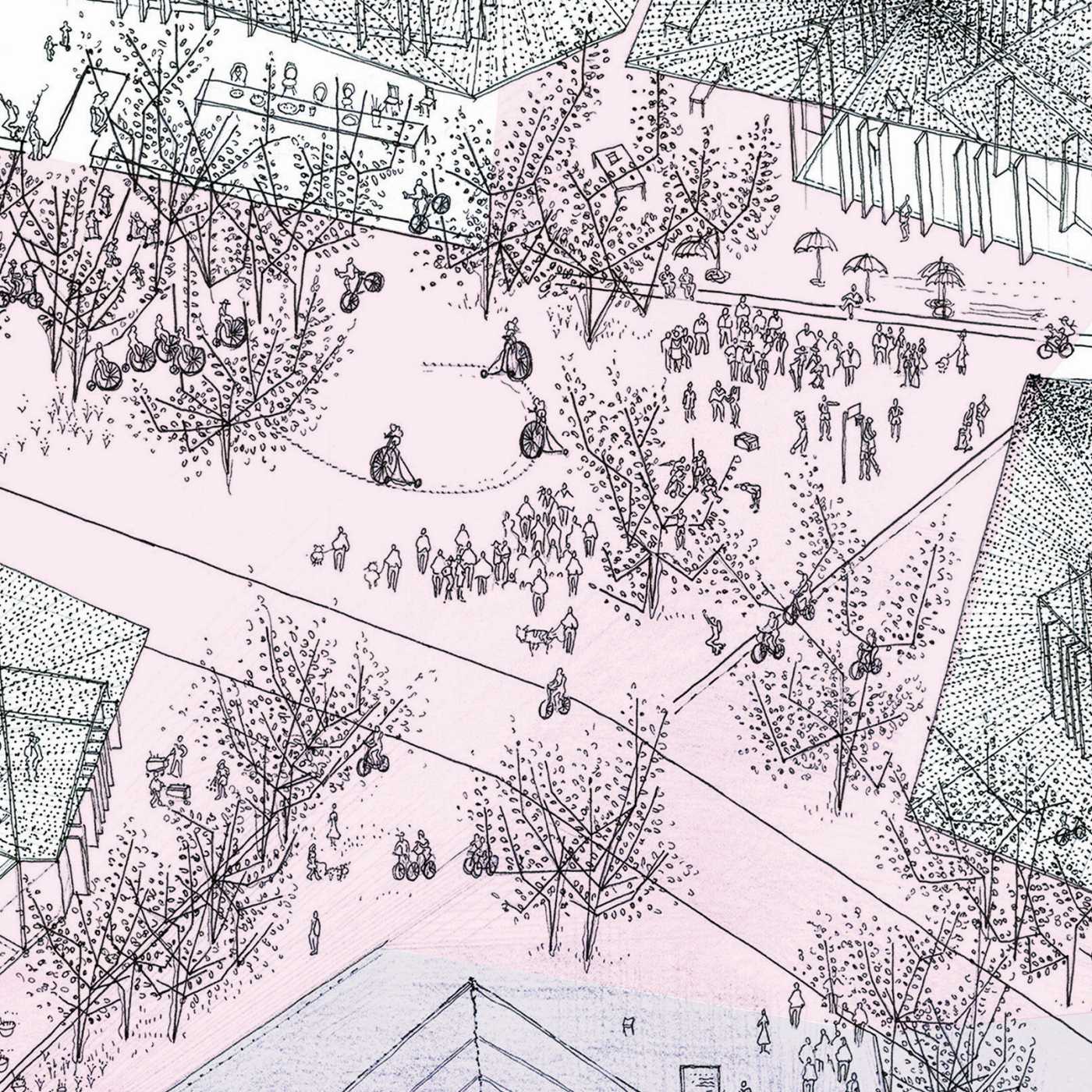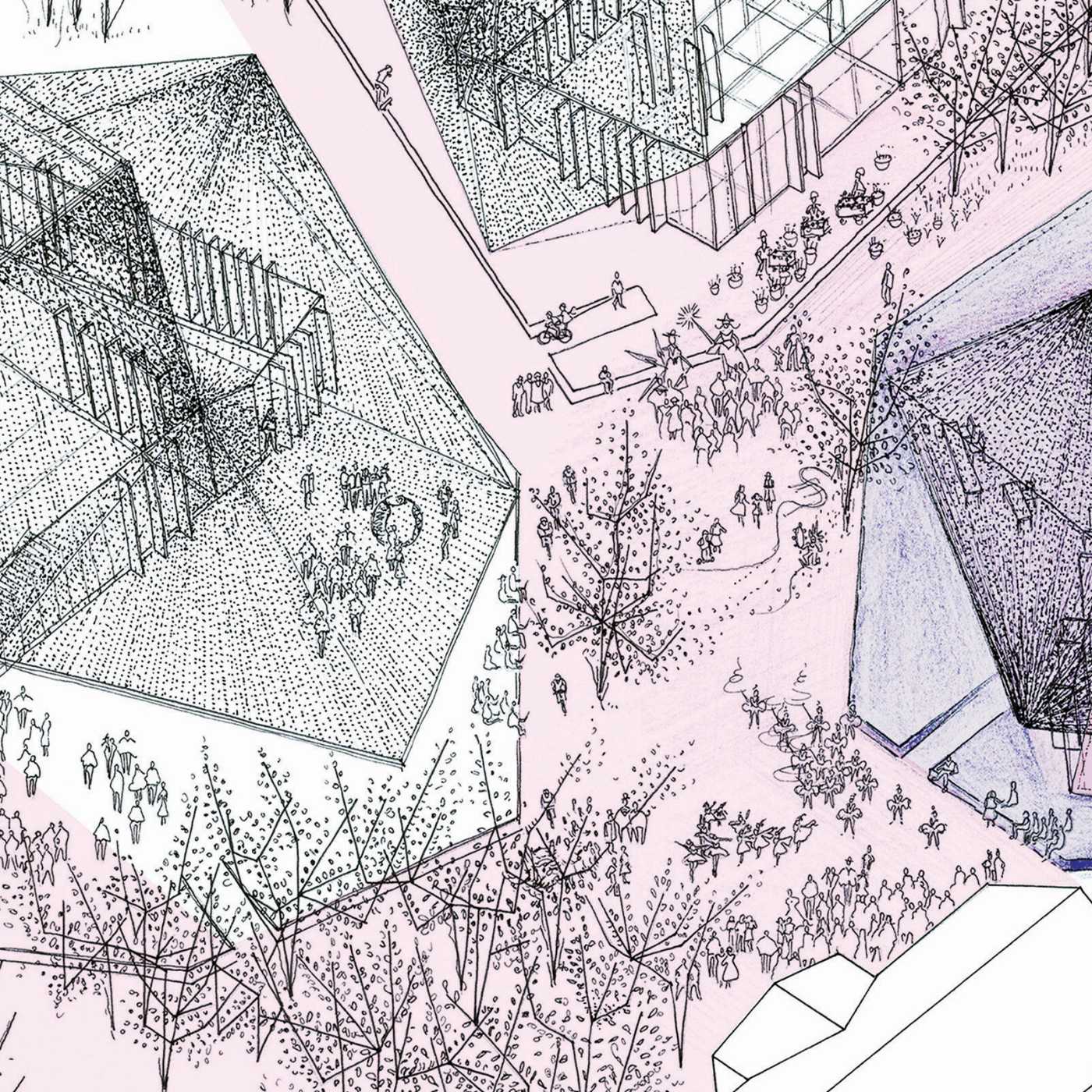In the Low Countries, Kermis (Kermesse) is a local annual outdoor fair or festival held in the honor of the patron or denoting the anniversary of the church foundation. Similar celebrations were regularly held in villages of many different cultures but have always been accompanied by the variety of activities such as feasting, dancing and sports of all kinds. Now, putting the regional specificity aside for the moment being, we would like to explore if almost extinct Medieval tradition established in one part of the Europe could be of any relevance in the present day context of Scandinavia; and if any such sporadically unfolding and short lasting event could be of any significance to spatial planning. As strange as it may appear, we would like to propose the transposition of the event of Kermis into the realm of architecture and urban design as an adaptive model to facilitate continual growth and densification of the urban environment. The question posed in this project is if spatial planning and design may learn from the conception of the event which encompasses multitude of simultaneous activities and produces a vibrant end extraordinary environment for the brief spells of time.
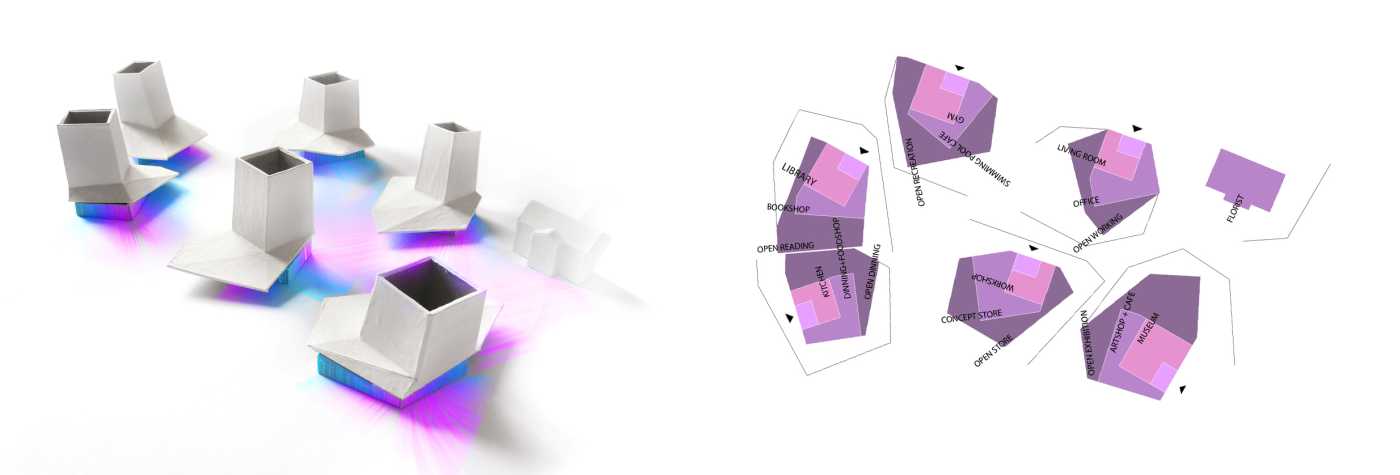

The extension of Moerven into the new common space | Firstly, we would like to examine the relationship between the village festival and the space it requires. For instance, Village fêtes in Britain were unfolding at specifically dedicated, open and common area, which is always centrally positioned in referee to the entire settlement. In other more urban examples such festivals were held across the entire inner city. The assigned location at As could be brought into the relation with both examples. It is central enough and contains the potential to become an extension of Moerven, the most prominent commercial street in town which can then tap in to the transformation of the entire city. The proposed design strategy is based on the formation of the new common space, capable of attracting both students and residents. Suggested morphology is comprised of 6 building scattered across the site to provide for the anatomy of the open space. Each of the proposed structures has a pronounced canopy while the emphasis is placed on the connection between the building and the open space around it. At the same time, the disposition of the buildings provides for the new and more efficient connections for pedestrian, bicycle and vehicular traffic. Priority is given to pedestrian movement, while car parking is occupies elongated stretch of the site next to the rail. The buildings may be erected in phases but only when all are completed, the open space between them will function coherently.
Interaction between the University and City of As through multitude of simultaneous activities | Secondly, we can look into what activities are associated with the event of Kermis and we can examine if any parallels can be made with what is found and needed at the given site at As. The idea of creating Tandberg Museum, along with the regeneration of the historically important Asheim house and the presence of the existing Mega shop could form a good basis for the formation of the multifunctional environment. The suggested strategy preserves the Asheim house and relocates Tandberg Studio/Museum into one of the six proposed buildings of which it is closest to Moerven Street. In the form of smaller shops, commerce is planned to occupy ground floors of other buildings. In line with the housing programme, commercial programme comprised of a shop, a cafe, a gym, a workshop, a restaurant and other necessary amenities is proposed. Importantly, proposed amenities could be than observed as points of interaction between the University and City. Our design strategy suggests formation of six such points at the foot of each new building, including the new Tandberg Museum. We would like to propose that University could use these spaces to showcase some of its activities with an appropriate economic plan. At the same time we would like to suggest that segments of the ground floors or entire ground floors could be leased by entrepreneurs, local residents who might recognize the opportunity to start their own business in agriculture, soil and food production or other industries which are in line with the new housing programme. Similarly to the activities which unfold during the Kermis or other village festivals, sporadically and loosely synchronized amongst themselves, a new grocery, a new book store, a new cafe or a new restaurant could emerge at the given site in As. Moreover their characters could spill into the outdoor space inbetween buildings, as it is suggested with the concentric organization of partition walls. In the analogy with the event of Kermis and other village festivals marked by the public celebration or parade involving some sort of the street party whereby people often dress up or masquerade to mark an overturning of daily life, persistence on outdoor activities (don’t matter the weather) and extraordinary forms of socialization could be the way to create a specific and attractive identity of the city center worthy of the place striving to establish itself as an university hub within the regional network. This is how we see that the event of Kermis may be transposed into the realm of architecture and urban design as an adaptive model and a design mechanism needed to understand aspects of the spatial organizations which are susceptible to change. In particular we are interested to find ways to plan and build spaces for a multitude of simultaneous activities which produce vibrant environments.
New identity and transformation effect | Finally we can explore the transformational effect which the event of Kermis has upon the built environment. Proposed development comprised of six individual buildings which are approximately 35 meters high and measuring 15×15 meter in the footprint, will appear as a new landmark in the city of As, most notably seen form the train traveling to and from Oslo. At the same time, a new public space will tie surrounding buildings and the new ones; it will connect previously disconnected channels of pedestrian and vehicular movement. New residents who will include students but also members of the local community will together create more commotion across the entire center of As. Altogether this may trigger further processes of transformation and urban growth. With the proposed strategy we entail for further transformation of the entire city of As. The suggested model provides for the synergy between community and university life and strives to find the best the balance between the rural and urban characteristics of the environment.

